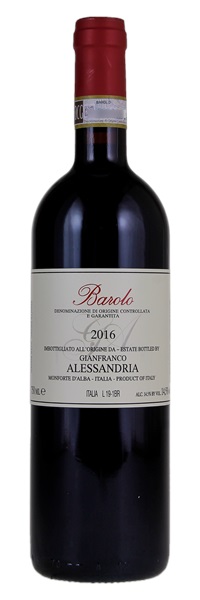Estimate

...tangy and spicy fruit aromas with accents of aniseed, dried licorice and cola. That part fruit intensity and part ethereal spice is the aromatic playlist of a classic Barolo such as this.
...bright, floral and beautifully lifted. Crushed flowers, sweet red berry and mint all grace this subtle, nuanced Barolo. Medium in body, with lovely freshness and good depth... This is a very pretty, and refined straight Barolo.
Attractive dried strawberry with some sandalwood and hints of hazelnut follow through to a medium to full body with juicy, chewy tannins that are powdery and round.
...rich, classic bouquet of spiced red fruits, cigar, smoked earth, and cedarwood. This rich, masculine Barolo has notable purity, fine tannins, and a great finish.
Aromas of toasted hazelnut, espresso and coconut unfold on this full-bodied red. The bracing palate offers roasted coffee bean, star anise, pomegranate and ground pepper alongside grainy tannins.
Fragrant, sweet and concentrated on the nose and with the merest hint of fruit cake. Soft, concentrated, sweet fruit cut through by acidity. Long, multi-layered juicy finish with fine but firm tannins.